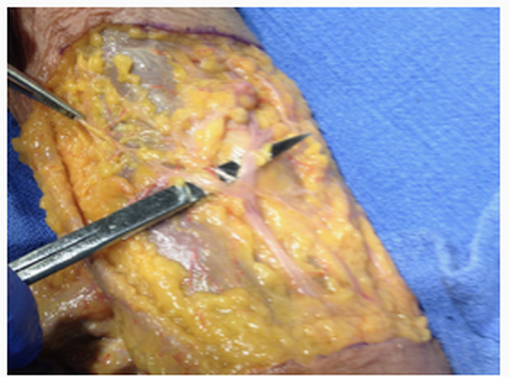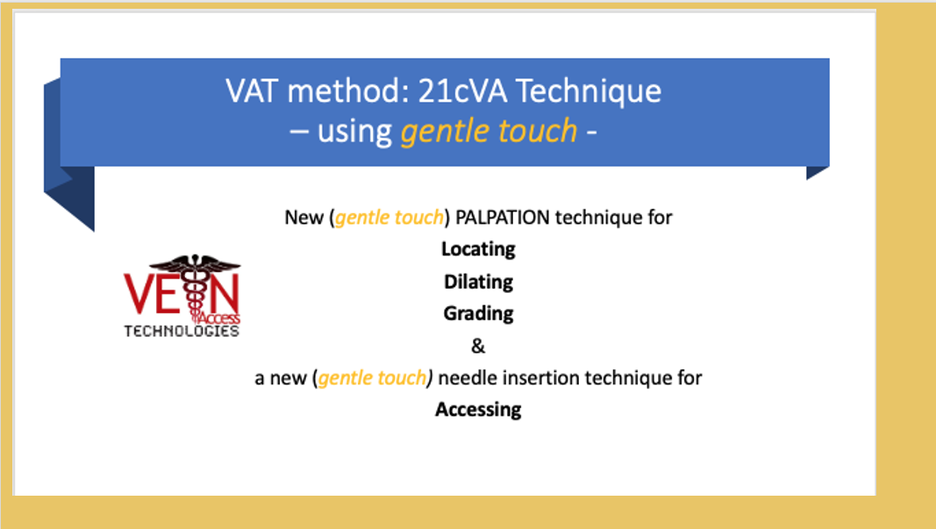Current vein blocks are inaccurate in their depiction of what the actual vein wall thickness is.
This is important!
Because
You are going to be inserting a needle into and through that vein wall.
You need to know how FRAGILE and THIN it really is.
This is important!
Because
You are going to be inserting a needle into and through that vein wall.
You need to know how FRAGILE and THIN it really is.
Vein Access Technologies
Anatomically Correct Vein Wall Thickness Block

1. Notice how THIN the wall of this real vein is.
2, This is NORMAL vein wall thickness for the AC region.
3. Vein wall thickness VARIES throughout the body.
a) The wall thickness of the SVC & IVC are the thickness of the 'bouncy ball' or the 'punching ball'.
b) The AC region (Med. Cephalic V. and Med. Basilic V.) are the thickness of a 'craft store' animal balloon (not a 'dollar store' animal balloon, thin and cheap and ruptures easily)
c) The hand vein is the thinnest walled vein - its most distal segment may even be missing the middle layer of muscle.
4. The RULE is: The closer to the heart, the thicker the wall, The further from the heart, the thinner the wall.
There is only ONE way to determine wall thickness - PALPATE IT!
Not YOU, or any of your vein finder tools, can SEE wall thickness.
1997-2015 copyright - Vein Access Technologies, a division of The Nurses' Station, PC
Content and images on this site may not be reproduced without written authorization from VAT.

